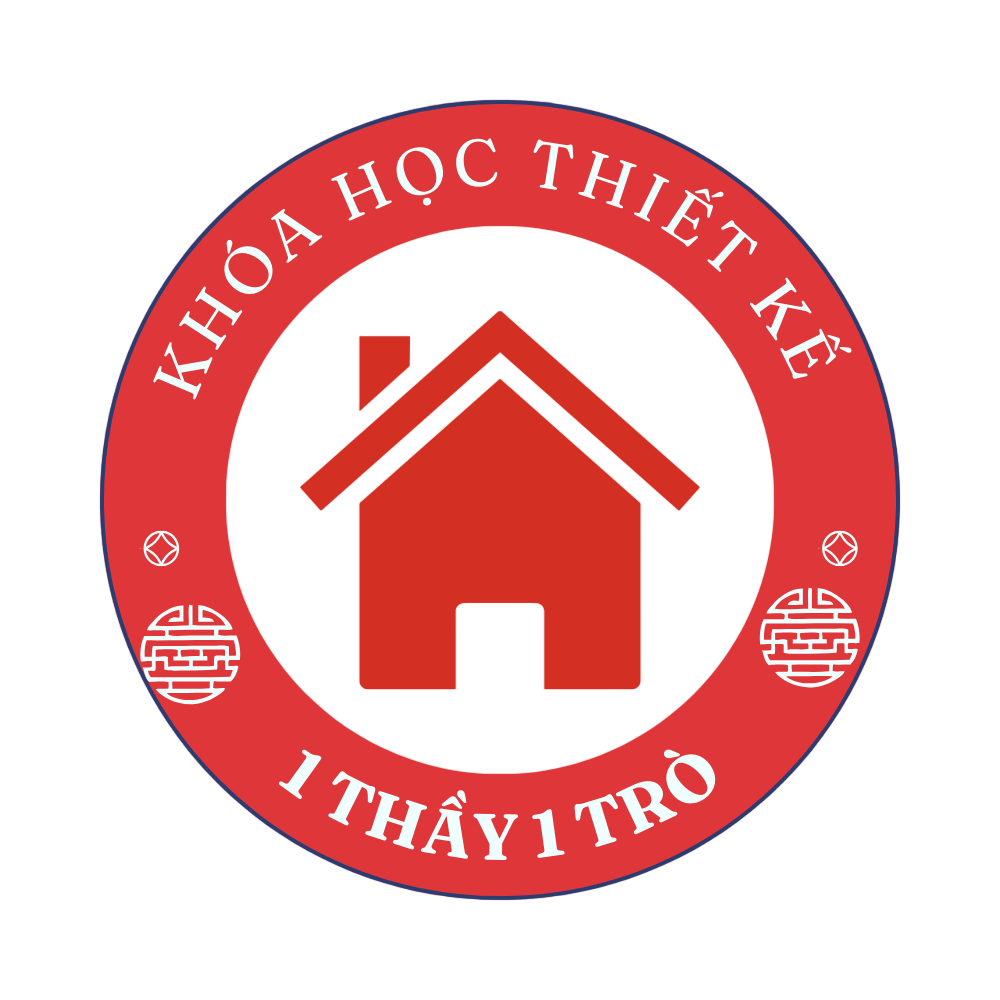In the last few years, machine learning has transformed various sectors, but arguably nowhere has seen more fascinating innovations than visual content creation.
Leading the way of this paradigm shift are generative models – a brilliant use of machine learning that have transformed how we generate visual content.
An Introduction to GANs
Generative Adversarial Networks were initially developed by AI pioneer Ian Goodfellow and his research group in 2014. This revolutionary technique involves two neural networks that collaborate in an adversarial fashion.
Network one, on adobe.com named the composer, attempts to generate graphical data that look genuine. The discriminator, referred to as the assessor, attempts to separate between real images and those generated by the image creator.
This interplay produces a effective training system. As the assessor improves at identifying fake content, the composer must improve its prowess to create more genuine outputs.
The Development of GAN Models
Over the past several years, GANs have seen tremendous advancement. Initial systems had issues with creating clear pictures and often produced unclear or distorted results.
Still, later versions like Convolutional GAN (Deep Convolutional GAN), Progressive GANs, and Style-GAN have dramatically improved image quality.
Maybe the most remarkable development came with StyleGAN 2, constructed by NVIDIA researchers, which can produce amazingly lifelike portraits that are often difficult to distinguish from authentic pictures to the general public.
Utilizations of GAN Models in Visual Creation
The applications of GAN models in picture synthesis are wide-ranging and unceasingly develop. Below are some of the most compelling applications:
Artistic Generation
GANs have established new possibilities for creative production. Systems like Artbreeder allow individuals to generate stunning compositions by only describing what they imagine.
In 2018, the artwork “Portrait of Edmond de Belamy,” made by a GAN, was auctioned for an extraordinary $432,500 at Christie’s gallery, marking the premier exchange of an AI-made composition at a significant auction house.
Image Enhancement
GANs show great capability in operations like photo refinement. Technologies utilizing GAN models can improve substandard photos, repair deteriorated photographs, and even convert to color monochrome photos.
This feature has considerable implications for historical documentation, enabling for vintage or degraded records to be restored to superior clarity.
Dataset Enhancement
In AI, acquiring substantial data collections is essential. GANs can generate additional examples, helping to solve restrictions in accessible examples.
This utilization is specifically helpful in domains like medical imaging, where security considerations and infrequency of certain conditions can reduce available information.
Style and Creation
In the apparel business, GANs are being employed to develop new apparel, accessories, and even complete lines.
Designers can use GAN models to visualize how certain designs might appear on diverse physiques or in assorted colors, dramatically quickening the creative process.
Visual Assets
For online influencers, GANs provide a strong tool for creating original images. This is notably beneficial in domains like commercial media, video games, and online platforms, where there is a persistent requirement for novel pictures.
Engineering Hurdles
Despite their extraordinary abilities, GANs keep experiencing many implementation difficulties:
Convergence Issues
One significant issue is development instability, where the generator develops a narrow selection of content, disregarding the whole assortment of conceivable images.
Sample Prejudice
GANs develop based on the data they’re trained on. If this training set includes preferences, the GAN will copy these predispositions in its generations.
As an illustration, if a GAN is predominantly instructed on visuals of specific demographics, it may have trouble create multiple images.
Processing Demands
Constructing advanced GAN frameworks requires considerable computational resources, comprising premium GPUs or TPUs. This creates a constraint for countless enthusiasts and minor companies.
Moral Concerns
As with various computational tools, GANs generate significant moral questions:
Synthetic Media and Deception
Maybe the most disturbing application of GAN models is the fabrication of deepfakes – extremely convincing but artificial content that can display true individuals saying or doing things they never actually performed or stated.
This power creates major issues about disinformation, voting influence, unauthorized explicit content, and other detrimental uses.
Privacy Concerns
The capacity to develop convincing pictures of individuals causes substantial data protection issues. Doubts about authorization, ownership, and suitable implementation of likeness become increasingly important.
Aesthetic Merit and Credit
As AI-produced art becomes more advanced, debates arise about production, acknowledgment, and the worth of human creativity. Who earns attribution for an artwork synthesized by an AI model that was built by programmers and educated on humans’ outputs?
The Future of GAN Systems
Examining what’s to come, GAN frameworks persistently progress at a speedy pace. Various promising progressions are on the edge:
Multi-modal GANs
Future GANs will likely grow progressively adept of working across multiple modalities, unifying verbal elements, picture, audio, and even cinematic material into harmonious creations.
Improved Direction
Researchers are creating systems to offer operators with better command over the produced results, facilitating for more accurate tweaks to particular elements of the created results.
Better Resource Usage
Advanced GAN implementations will possibly become more optimized, needing fewer hardware capabilities to build and operate, making these systems more available to a greater range of creators.
Final Thoughts
GAN models have indisputably changed the realm of image generation. From creating art to advancing clinical imaging, these powerful models persistently expand the limits of what’s viable with AI.
As these tools unceasingly improve, balancing the tremendous beneficial implementations with the ethical considerations will be essential to guaranteeing that GAN models contributes positively to our world.
Regardless of whether we’re applying GANs to synthesize remarkable graphics, refresh vintage visuals, or further healthcare studies, it’s clear that these remarkable technologies will persistently shape our graphical landscape for ages to ensue.
ai nudifiers
